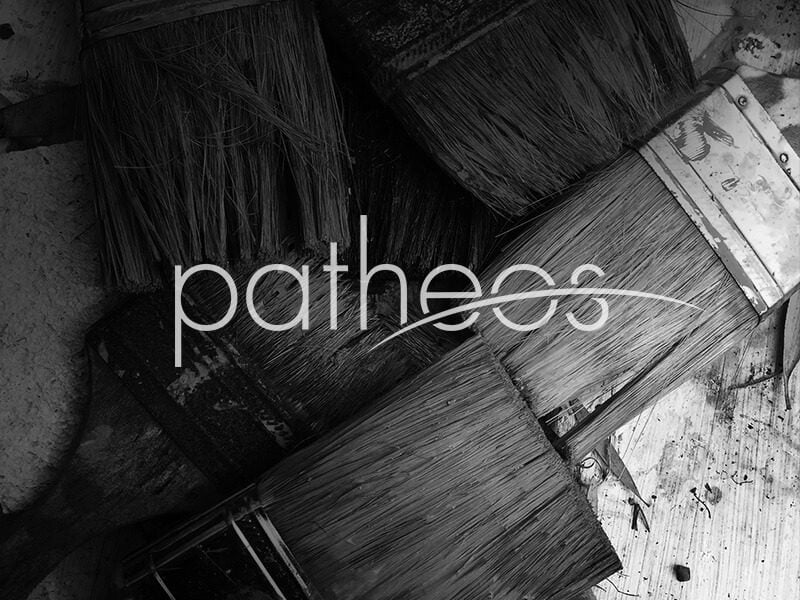People bring all sorts of unexpected objects to the British Museum to have them identified. In 1985 a cuneiform tablet was brought in by a member of the public already known to me, for he had been in with Babylonian objects before. His name was Douglas Simmonds. Gruff, non-communicative and to me largely unfathomable, he had a conspicuously large head housing a large measure of intelligence.
He owned a collection of miscellaneous objects and antiquities that he had inherited from his father, Leonard. Leonard had a lifelong eye for curiosities, and, as a member of the RAF, was stationed in the Near East around the end of the Second World War, acquiring interesting bits and pieces of tablets at the same time.
I was more taken aback than I can say to discover that one of his cuneiform tablets was a copy of the Babylonian Flood story. The trouble was that, as one read down the inscribed surface of the unbaked tablet, things got harder; turning it over to confront the reverse for the first time was a cause for despair. I explained that it would take many hours to wrestle meaning from the broken signs, but Douglas would not leave his tablet with me. He blithely repacked his Flood tablet and more or less bade me good day.
Nothing happened about “my” tablet until much later, when I spotted Douglas staring at Nebuchadnezzar’s East India House inscription in ourBabylon: Myth and Reality exhibition early in 2009. I picked my way carefully through the crowds of visitors and asked him about it. The bewitching cuneiform tablets strewn around the exhibition must have had a good effect because he promised to bring his tablet in again for me to examine. And he did.
Decipherment proceeded in fits and starts, with groans and expletives, and in mounting – but fully dressed – excitement. Weeks later, it seemed, I looked up, blinking in the sudden light.
I had discovered that the Simmonds cuneiform tablet (henceforth known as the Ark Tablet) was virtually an instruction manual for building an ark….
The most remarkable feature provided by the Ark Tablet is that the lifeboat built by Atra-hasıs – the Noah-like hero who receives his instructions from the god Enki – was definitely, unambiguously round. “Draw out the boat that you will make,” he is instructed, “on a circular plan.”…
As I stared into space with the tablet precariously poised over the desk, the idea of a round ark began to make sense. A truly round boat would be a coracle, and they certainly had coracles in ancient Mesopotamia; a coracle is exceptionally buoyant and would never sink, and if it happened to be difficult to steer or stop from going around and round that would not matter, because all it had to do was keep its contents safe and dry until the waters receded….
What gave me the biggest shock in 44 years of grappling with cuneiform tablets was, however, what came next. My best shot at the first two signs beginning line 52 came up with “sa” and “na”, both incompletely preserved. On looking unhopefully for words beginning “sana” in the Chicago Assyrian Dictionary, I found the following entry and nearly fell off my chair as a result of the words: “sana (or sanâ) adv. Two each, two by two.”











